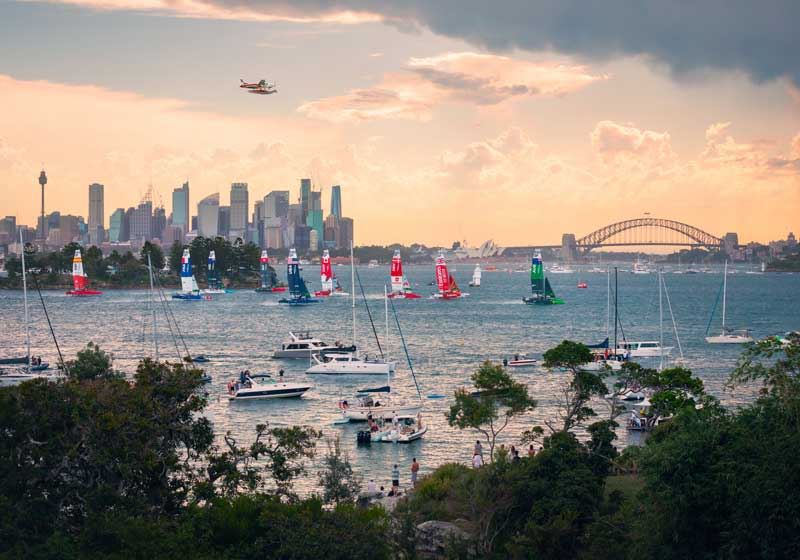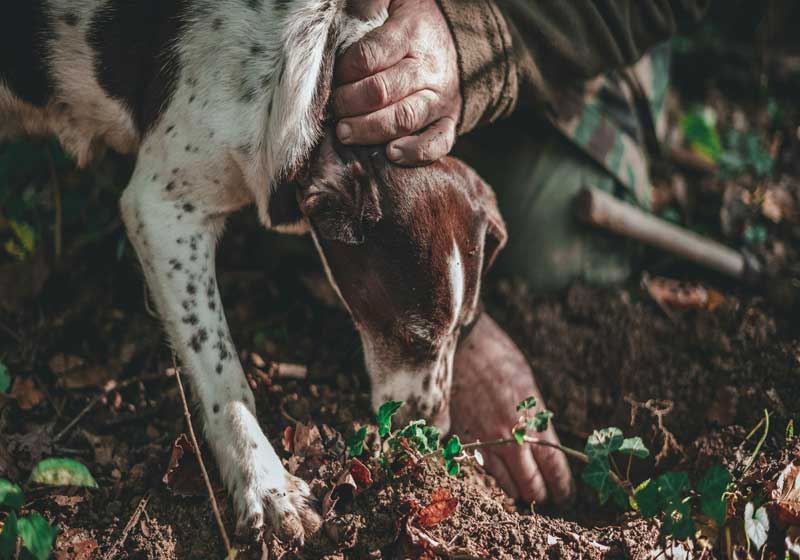"Nearly all Australians think it’s important to look after Australia’s forests and trees.
Sadly, Australia has the highest rate of deforestation in the developed world."
That’s how the highly impactful 2-minute video by the World Wide Fund (WWF) for Nature-Australia starts.
To understand the true impact of deforestation in Australia, indigenous model Samantha Harris went out to the Bellingen area of Northern NSW to catch up with Dr Stuart Blanch, a conservation scientist, to discuss the impact of deforestation on our flora, fauna and animal habitats firsthand.
She attended a session on the struggles koalas face daily due to habitat destruction all across Australia and learned about the importance of trees in healthy communities.
"About half a million hectares of forest and woodland are bulldozed every year, which shows a relationship problem we have with the land and trees,” Dr Blanch says.
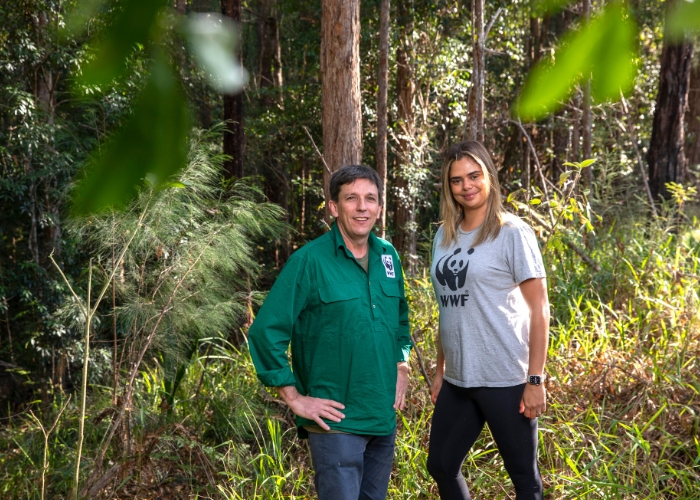
The WWF has released Australia’s first national scorecard to assess which states are leading the way in protecting and restoring trees. The scorecard assesses how all jurisdictions – state, territory and federal – are performing in forest protection and restoration. No state ranked higher than average, prompting WWF-Australia to call for strong leadership to halt and reverse forest loss. The results are shocking:
- New South Wales and Queensland rated ‘Very Poor’ in the scorecard, compiled by WWF scientists, securing a position as Australia’s worst clearers of trees.
- South Australia tops WWF’s New Trees Scorecard.
- Queensland came second last with a score of 32%. It has the nation’s highest rates of land clearing – 799,668 hectares were cleared from FY18 to FY21 - that’s one tree bulldozed every second. To improve its score, Queensland needs to reduce land clearing by strengthening weak regulations and improving incentives for farmers to keep trees in the ground, with investment to stimulate deforestation-free beef production desperately needed.
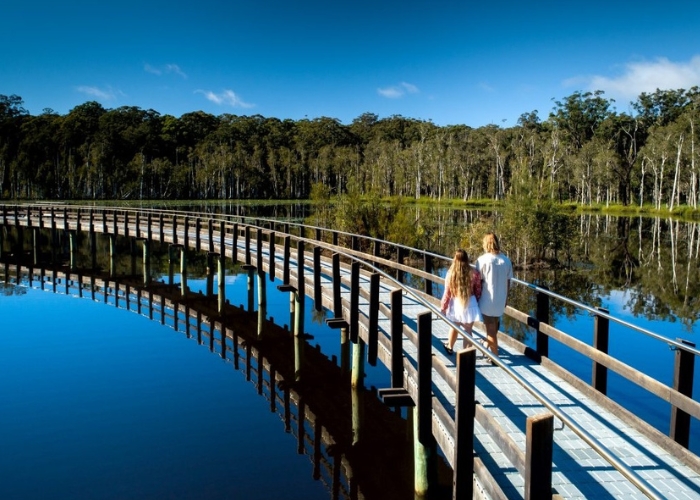
Urunga Boardwalk, Image from My Waterfall Way (Bellingen Tourism).
Reasons Why:
New South Wales came last with a score of only 24% because more than 264,000 hectares of land clearing occurred from FY18 to FY21 - the equivalent of more than 180 football fields bulldozed per day. In the same period, loggers felled enough native forest trees to fill more than 1000 Olympic-sized swimming pools (2,950,698 cubic meters).
How to Improve:
Commitments by the new NSW State Government to protect koala habitats, once enacted, will improve NSW’s percentage total. To significantly boost its score, NSW should pledge to phase out native forest logging by 2024, and follow the lead of states such as Western Australia and Victoria in recent years.
"Although some states have made progress, New South Wales and Queensland are dragging the nation down. It’s time we protect the trees we have left and restore the ones we have lost because we all need trees, now more than ever as we face a warming climate,” says Dr Stuart Blanch.
A Story of Hope:
Fortunately, a story of hope coming from NSW is leading the way with a case study from Bangalow koalas. A bare paddock was able to be turned into a koala habitat in just two years after an amazing transformation of restoring trees.
The Bate Paddock in Bangalow had trees planted on 31 August 2019; now it is a young forest and serves as a koala corridor. Just 18 months after planting, koalas were trying to feed on the young eucalypts. By October 2021, sensor camera recordings confirmed the trees were big enough to support the weight of feeding koalas, now some trees are up to 10 metres high.
"Some people say it will take decades for wildlife to benefit from plantings. That is bollocks. Within two years koalas were feeding on these trees. They’ve formed part of a corridor helping koalas disperse west, so plant now. Koalas don’t have the liberty of time. No trees, no life and no hope,” says Bangalow Koalas President Linda Sparrow.
"Our plan is to take Australia from a deforestation hotspot to a leader in tree protection and restoration for the benefit of our health, communities, businesses, economy, wildlife, climate and planet,” says Dr Blanch.
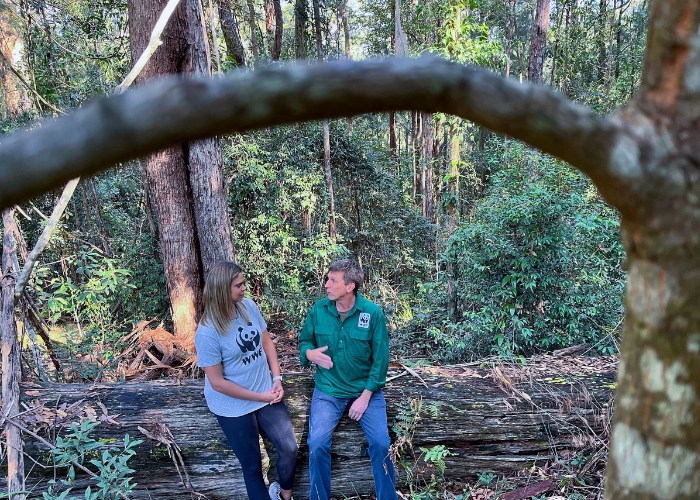
About WWF-Australia:
The World Wide Fund for Nature-Australia is working to Regenerate Nature by 2030. The work is focused on the Indigenous-inspired three pillars of Sky, Country and Saltwater. Regenerative Sky is a program to secure a healthy climate powered by communities, nature and renewable energy; Regenerative Country is a program to protect and recover species and habitats; and Regenerative Saltwater is a program to protect oceans and marine wildlife.
With the knowledge and traditions of First Peoples and local communities, we can bring change on a global scale for climate, nature and people. Help to Regenerate Nature at wwf.org.au
We all need trees. Add your voice to save our trees to save our future at wwf.org.au/we-all-need-trees.




